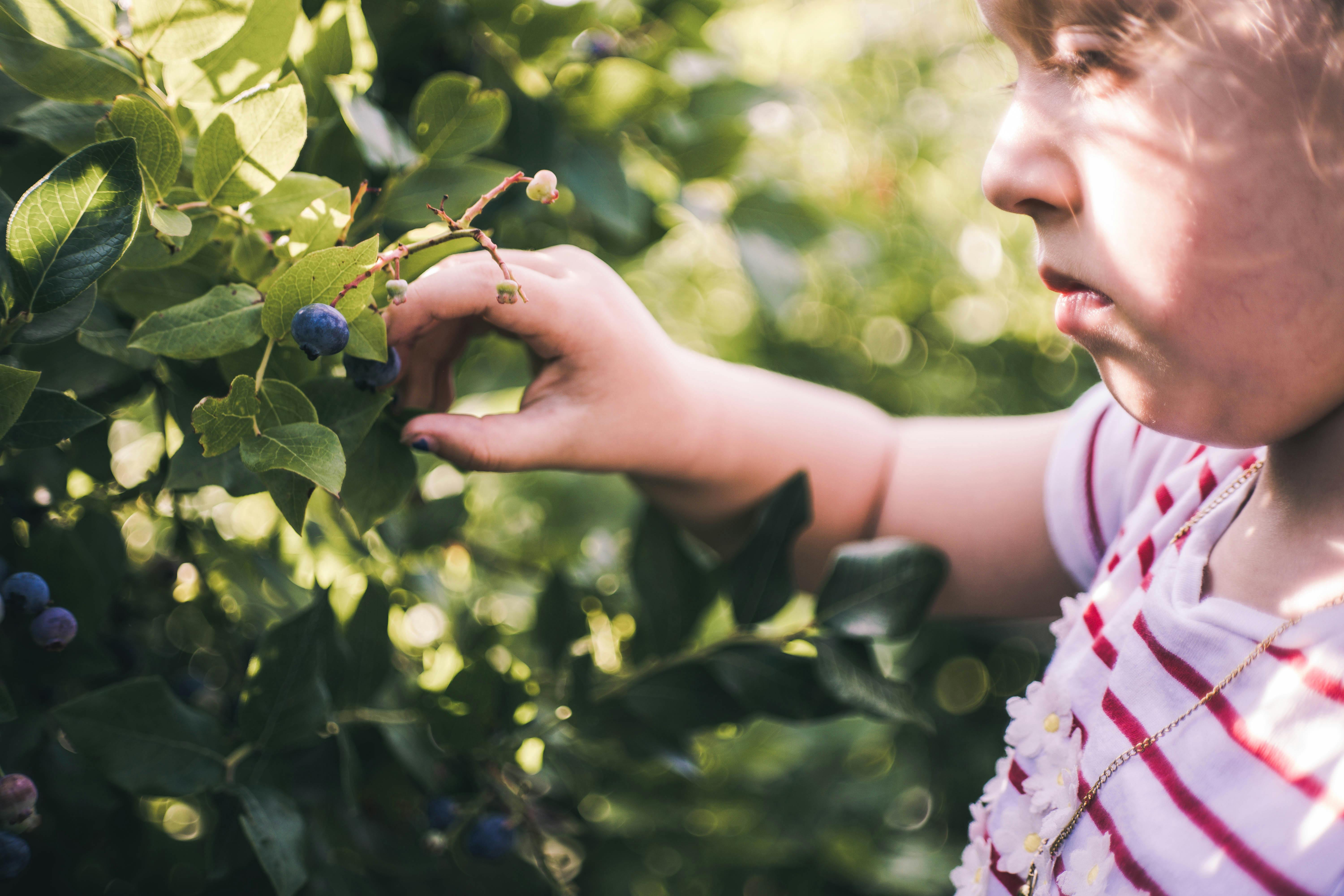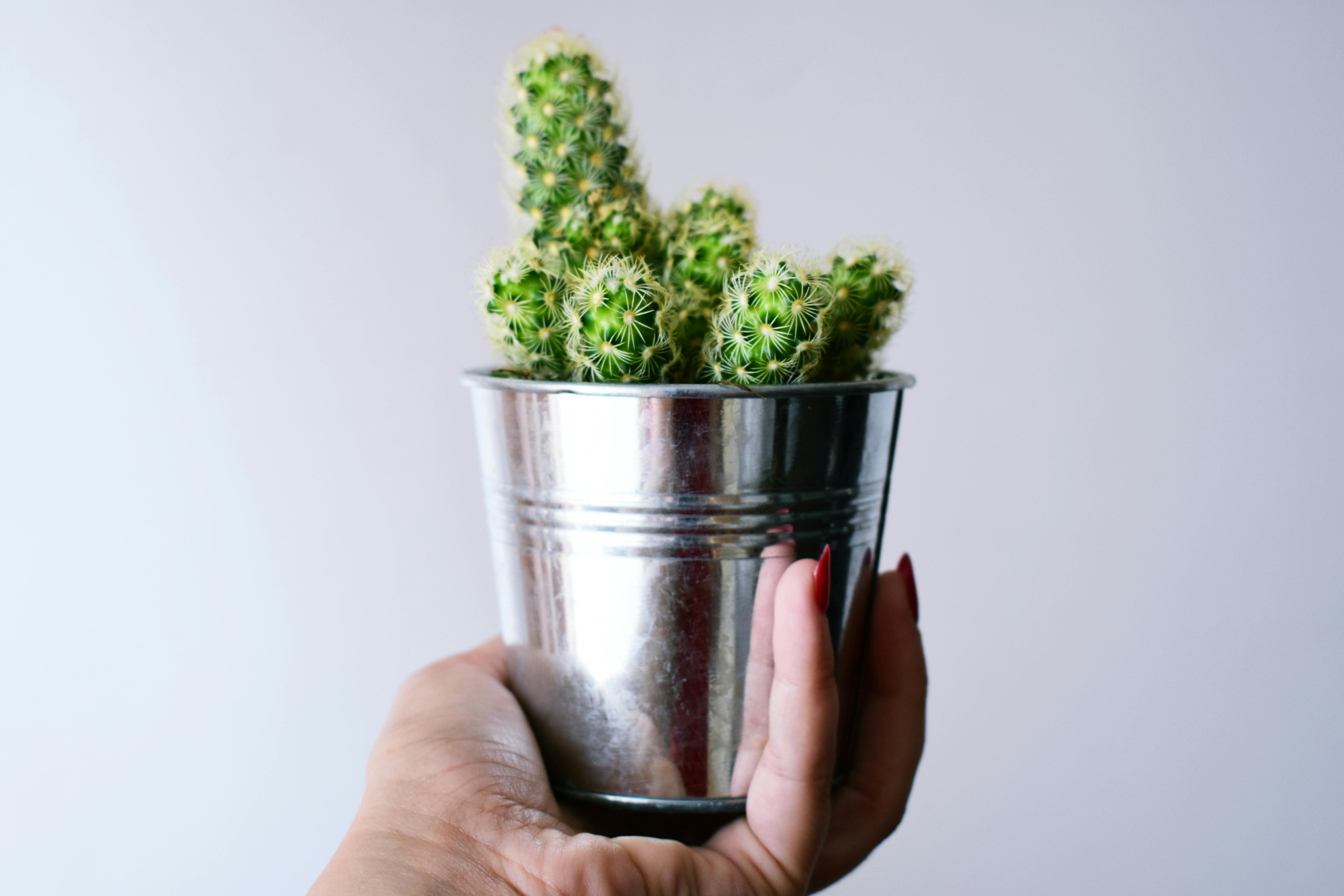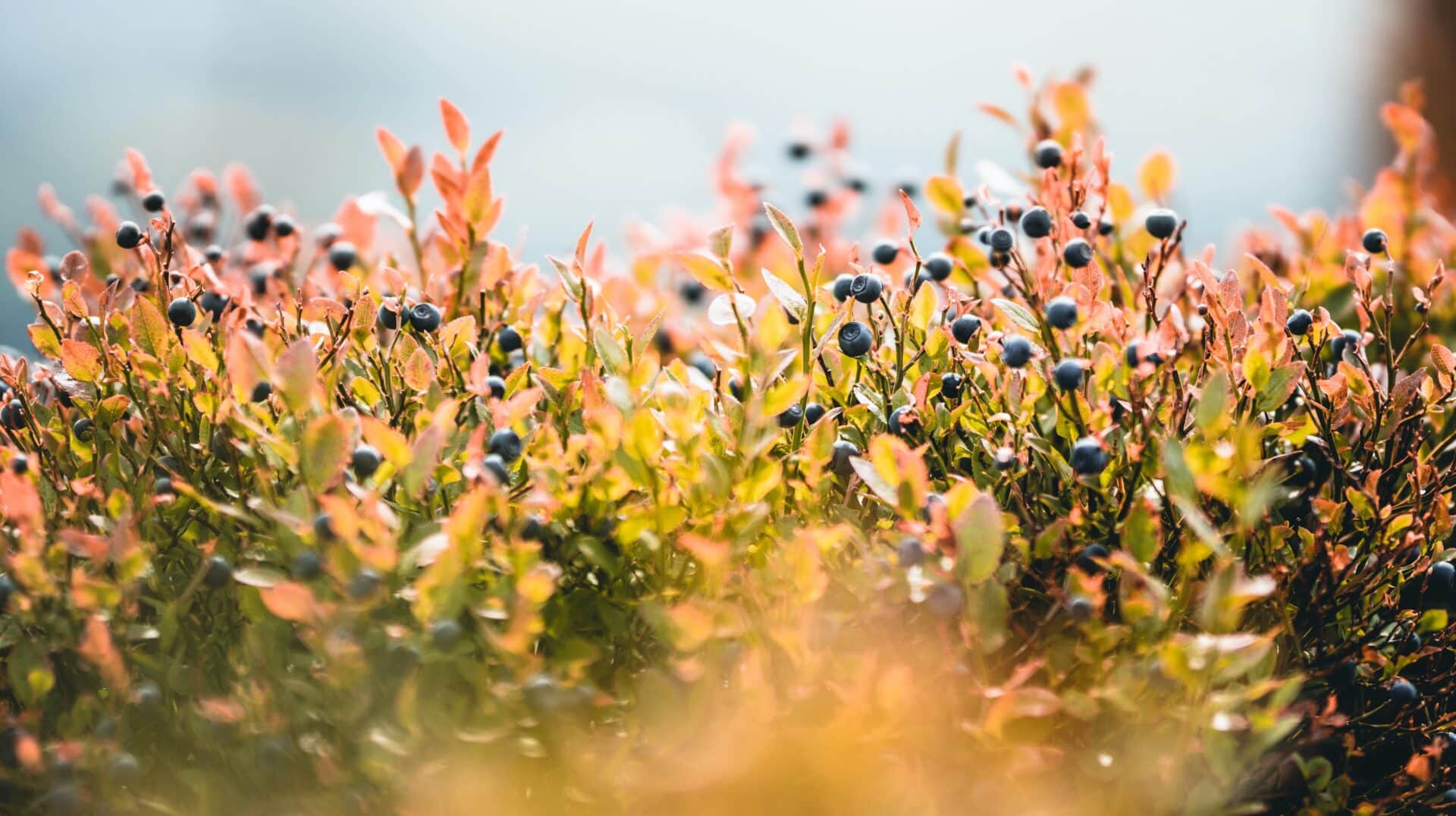Blueberries are a tasty and healthful addition to any garden. Not only do they provide a delicious snack, they are also packed with antioxidants that can help boost your immune system. But what can you plant with blueberries in order to promote their growth and make the most out of your garden space? There are many options for companion planting with blueberries, including vegetables, herbs, and other fruits. With some careful planning you can maximize the use of your garden space and create a thriving ecosystem.Other plants that can be planted with blueberries include other fruiting plants such as raspberries, huckleberries, strawberries, and cranberries. Shrubs such as azaleas, hollies, and rhododendrons have similar soil requirements and can also be planted with blueberries. Additionally, herbs like oregano, chives, and mint can provide a nice complement to a blueberry planting.
Benefits of Planting Blueberries With Other Plants
Planting blueberries with other plants can provide a variety of benefits to your garden. Not only do blueberries offer an abundance of nutrition, but they also look great and attract beneficial pollinators to your garden. In addition, blueberry bushes are relatively easy to care for and require minimal maintenance. Here are some of the benefits of planting blueberries with other plants:
One of the biggest benefits is that they are a great source of nutrition. Blueberries contain high levels of antioxidants, which can help reduce inflammation and keep you healthy. They’re also high in fiber, vitamins, and minerals. Planting blueberry bushes with other plants can help ensure that your garden always has access to these nutritious fruits.
Another benefit is that planting blueberries with other plants can improve pollination in your garden. Bee populations have been declining due to various factors, so it’s important to attract them to your garden for better pollination rates. Blueberry bushes are known to be attractive to bees, so incorporating them into your garden design can help bring more beneficial insects into the area.
Finally, planting blueberry bushes is relatively easy and requires minimal maintenance. They don’t need much fertilizer or water and can thrive in almost any soil type. Plus, they’re fairly resistant to pests and diseases when properly cared for. This makes them the perfect addition to any garden that needs a little extra boost without taking up too much time or energy in maintenance.
In conclusion, planting blueberries with other plants is an excellent way to add beauty and nutrition to your garden while helping support beneficial pollinators like bees. Plus, they require minimal maintenance and care so you don’t have to worry about them taking up too much time or energy in upkeep.
Best Companion Plants for Blueberries
Blueberries are a delicious and nutritious fruit with many health benefits. They also make great companion plants when grown in the garden. When planted alongside other plants, blueberries can help increase their productivity, reduce pests, and provide additional nutrients for the other plants. Here are some of the best companion plants for blueberries:
Rhubarb is an excellent companion plant for blueberries as it helps to improve soil structure and provides additional nutrients. The large leaves of rhubarb also provide some shade to the blueberry bushes, which helps keep them cool during hot summer days.
Garlic is another great companion plant for blueberries, as it repels harmful pests that can damage the fruit. Garlic also has numerous health benefits and can be used in cooking or eaten raw.
Herbs like oregano, thyme, rosemary, and sage are also beneficial to have near blueberry bushes. These herbs repel harmful pests and help improve soil fertility, increasing the productivity of both the herbs and blueberries.
Finally, flowering plants such as marigolds, daisies, nasturtiums, and chrysanthemums are great companions for blueberry bushes. Not only do they provide additional nutrients to the soil but they also attract beneficial insects that pollinate both the herbs and the blueberry bushes. This helps increase yields of both plants!
Common Vegetables That Can Be Grown With Blueberries
Blueberries have a reputation for being one of the healthiest and most delicious fruits, but did you know they can be grown together with vegetables in the same garden? Growing blueberries and vegetables together helps to keep pests away from each plant, as well as providing the soil with a more balanced nutrient profile. Common vegetable crops that can be grown alongside blueberries include potatoes, carrots, lettuces, beans, peas, broccoli, spinach, squash, and radishes.
Each of these vegetables has its own unique growth requirements and preferences when planted next to blueberries. For example, potatoes need a slightly acidic soil in order to thrive when grown with blueberries. Carrots also prefer slightly acidic soil but will tolerate a wider range of conditions. Lettuces should be planted in partial sun for optimal growth when planted near blueberry bushes. Beans can tolerate full sun but prefer partial shade when grown adjacent to blueberry bushes.
Peas can benefit from some shade when planted near the base of a mature blueberry bush. Broccoli prefers cool temperatures and partial shade when grown near a mature blueberry bush. Spinach should be planted in well-drained soil with plenty of organic matter for optimal growth when nearby a mature blueberry bush. Squash plants need plenty of space to spread their large leaves and fruit so should be spaced far enough away from the base of the bush to allow ample room for growth. Finally, radishes require full sun and well-drained soil in order to thrive when grown close to mature blueberry bushes.
By understanding which vegetable crops do best near blueberry bushes, gardeners can create an ideal environment for growing both fruits and vegetables together. This allows them to maximize their yields while enjoying both delicious fruits and nutritious vegetables in one garden!
Fruits to Grow Alongside Blueberries
If you’re looking for a way to make your garden more diverse, planting fruits alongside blueberries can be a great way to do so. Blueberries are an excellent addition to any garden due to their sweet flavor and high nutritional value. Not only that, but they are also easy to grow and maintain, making them an ideal choice for beginner gardeners. But if you’re looking for something else to add to your garden, there are plenty of other fruits that can be grown alongside blueberries.
One of the best fruits to plant alongside blueberries is strawberries. Not only do they look great when grown together, but their sweet and tart flavors complement each other well. Plus, they require similar growing conditions as blueberries, so you won’t have to worry about having different requirements for each plant. Strawberries will also help keep weeds away since they form a dense groundcover when planted near each other.
Raspberries are another excellent option when planting alongside blueberries. These tart little berries have a unique flavor that pairs perfectly with the sweetness of blueberries. They also require similar soil conditions and will help keep weeds at bay since their canes create a thick barrier when planted together.
Cherry trees are another great choice for growing near blueberry bushes. These trees produce delicious sweet cherries that pair perfectly with the tartness of blueberries. Plus, cherry trees can grow quite large so you’ll be able to enjoy the fruit from them for many years to come! Just make sure that you give them enough space so they don’t compete too much with the blueberry bushes for sunlight or water resources.
Finally, apples make a wonderful addition when planted alongside blueberry bushes as well. Apple trees provide an abundance of sweet fruit that complements the tartness of blueberries nicely and can be harvested in late summer or early fall depending on variety. Just make sure that you choose varieties that will thrive in your area’s climate and soil conditions in order for them to produce a good crop year after year!

Herbs and Flowers to Grow With Blueberries
When growing blueberries, it is important to select herbs and flowers that will complement the berry bushes. These plants should provide structure and texture to the garden while helping to attract beneficial insects. Some of the best herbs and flowers for growing with blueberries include lavender, marigolds, yarrow, chives, oregano, rosemary, mint, sage, thyme and borage.
Lavender is an attractive herb that grows well in slightly acidic soil. It blooms in shades of purple and pink throughout the summer months. The sweet fragrance of lavender can help attract bees and other pollinators to the garden. Marigolds are a hardy annual flower with bright yellow or orange blooms that bring color to any garden. They are known for their ability to repel harmful insects from nearby plants.
Yarrow is another popular flowering herb that grows in a variety of climates. The feathery foliage is attractive when planted near blueberry bushes. Yarrow produces clusters of small white or pink flowers that look beautiful next to blueberry bushes in full bloom. Chives are a perennial herb with grass-like leaves that can be harvested for use in recipes or as a garnish.
Oregano adds texture and flavor to any garden bed with its lush foliage and fragrant aroma. It does well in slightly dry conditions and loves full sunlight. Rosemary is an evergreen shrub with needle-like leaves and delicate white or pink flowers in late spring or early summer. Mint is an aromatic herb that spreads quickly but can be easily contained by planting it in containers.
Sage adds an earthy flavor while its gray-green leaves offer contrast against the other plants in the garden bed. Lastly, thyme is a low-growing herb that adds height when planted among other herbs or flowers for visual interest. Borage has lovely star-shaped bright blue flowers that look beautiful next to berry bushes during the summer months.
Tips for Successfully Growing a Variety of Plants Next to Blueberries
Growing a variety of plants next to blueberries can be a rewarding experience, as long as you take the necessary steps to ensure success. Here are some tips for successfully growing a variety of plants next to blueberries:
1. Choose the right soil pH: Blueberries typically thrive in acidic soils with pH levels of 4.5 to 5.5, so it is important to choose plants that will also thrive in this environment. Check the individual plant’s preferred soil pH before planting.
2. Provide adequate drainage: Blueberry plants need well-draining soil in order to grow properly, so make sure any other plants growing nearby have adequate drainage too. If your soil is not well-draining, consider adding organic matter or compost to improve drainage.
3. Plant tall varieties on the edges: Taller varieties of plants such as raspberries or blackberries should be planted on the edges of your garden plot so that they don’t shade out shorter varieties of plants like strawberries or herbs.
4. Avoid using herbicides and pesticides: When growing a variety of plants next to blueberries, it’s important to avoid using herbicides and pesticides that could be toxic for your blueberry bushes. Consider using natural forms of pest control instead, such as companion planting or introducing beneficial insects into your garden plot.
5. Group like-minded plants together: Grouping similar types of plants together can help them thrive since they have similar requirements for water, light and fertilization needs. For example, group all your acid-loving plants together and all your sun-loving plants together so they can benefit from each other’s company!
By following these tips for successfully growing a variety of plants next to blueberries, you’ll be able to create a thriving and fruitful garden plot that will provide you with plenty of delicious fruits and veggies!
How Far Apart Should Different Varieties of Plants Be Planted From Blueberries?
When planting different varieties of plants near blueberry bushes, it is important to consider how far apart they should be. This is because the roots of blueberry bushes can be aggressive and have a tendency to spread out from the original plant. If planted too close to other plants, they can crowd out these other plants and cause them to struggle for nutrients and resources. For this reason, it is best to plant different varieties of plants at least three feet away from blueberry bushes.
It is also important to note that different types of plants may require more or less space from blueberry bushes in order to thrive. For example, some smaller plants may require only two feet of space, while larger plants may require four or more feet. Additionally, some companion plants – like mint – should be planted even farther away from blueberries because their roots can be particularly invasive and could take over the entire area.
Finally, it is essential that the soil around blueberry bushes remain light and well-drained so that the plant’s roots have plenty of oxygen and do not become waterlogged. To ensure this, it is important to regularly check the soil around blueberries for signs of compaction or waterlogging and amend as needed with organic matter such as compost or peat moss.
By planting different varieties of plants at an appropriate distance from blueberry bushes, gardeners can create a thriving environment where all the plants in their garden have access to all the nutrients they need in order to thrive.

Conclusion
Blueberries are one of the most popular and versatile fruits to plant in any garden. Not only do they taste great, but they are also relatively easy to grow and require minimal maintenance. They can be planted with a range of other plants, including perennials, herbs, vegetables, and other fruit trees. This combination can provide a variety of flavors and colors that will bring life to any garden. With the right combination of plants, anyone can create an attractive and bountiful blueberry patch that will provide years of enjoyment.
When planting blueberries, it is important to consider the sun exposure and soil type to ensure they get the best conditions for optimal growth. Blueberries need acidic soil that is well-draining with plenty of organic matter for nutrients. Additionally, it is important to choose companion plants that have similar requirements in terms of sunlight exposure and water needs so that all plants in the garden thrive. With some planning and careful selection, you can create an amazing blueberry patch that your family will enjoy for years to come.



